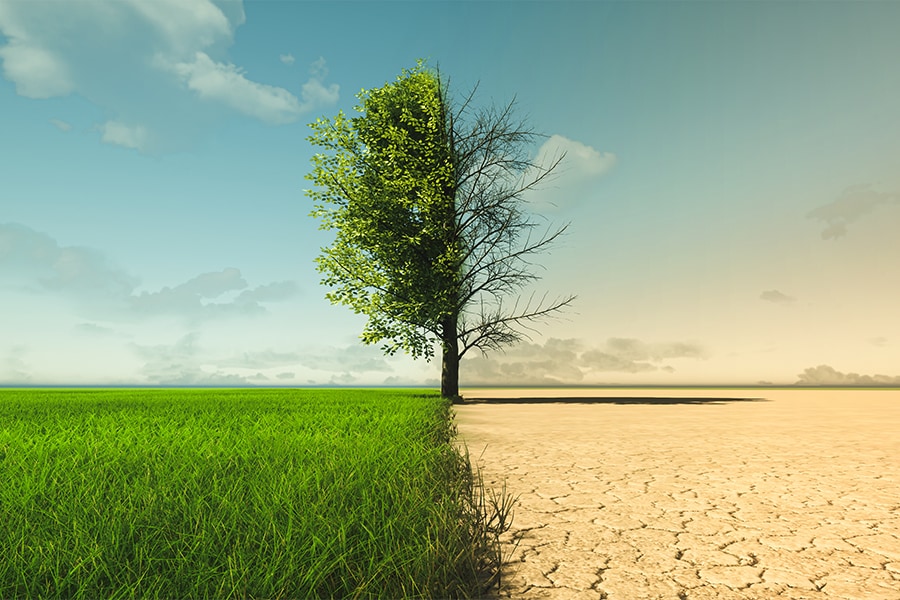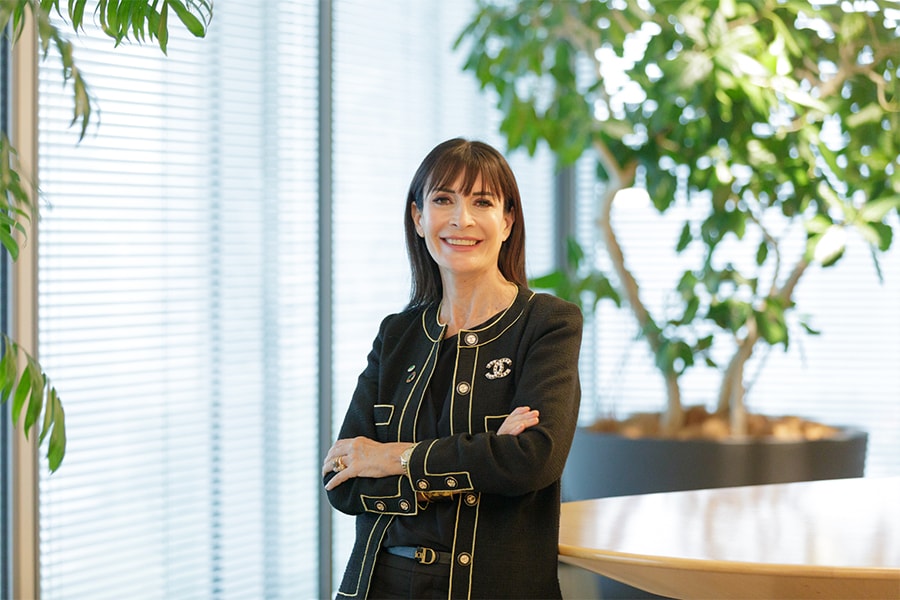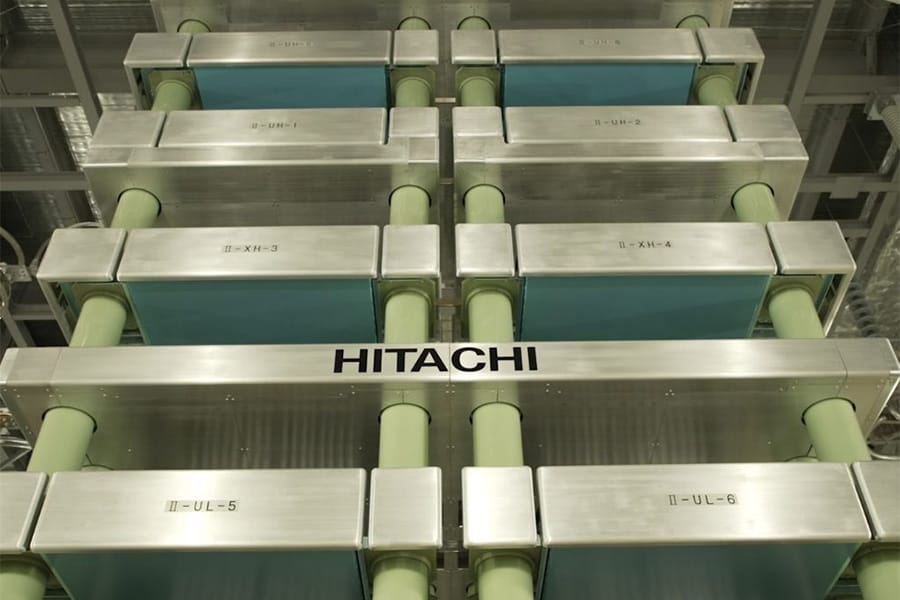What is the "Planetary Boundaries" concept: Indicating the limits of the global environment
Hitachi's Interconnector “NordLink”: A Bilateral Power Supply System that Contributes to a Greener Society
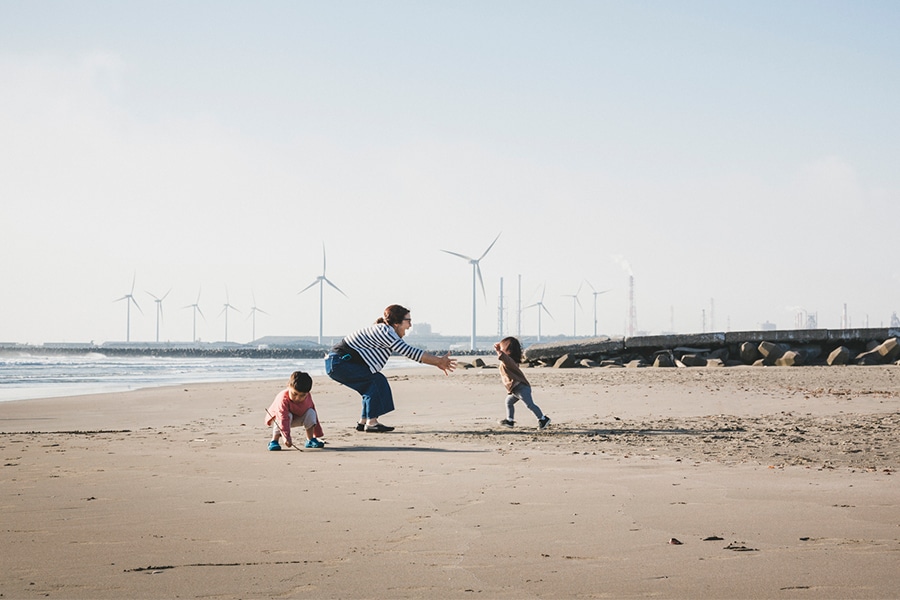
Today, acceleration of climate change, shifts in world affairs, and technological innovation are causing frequent fluctuations in the supply-demand balance of electricity. Against this backdrop, “interconnectors”, which connect power grids and allow a two-way supply of electricity, are garnering significant attention in many countries, and are contributing to secure a stable energy supply.
NordLink, which connects Germany and Norway and transmits renewable energy between the two countries, is an example of an interconnector. We spoke with Torsten Neidig of Hitachi Energy, who was involved in the launch of the project.
Linking the German and Norwegian power grids
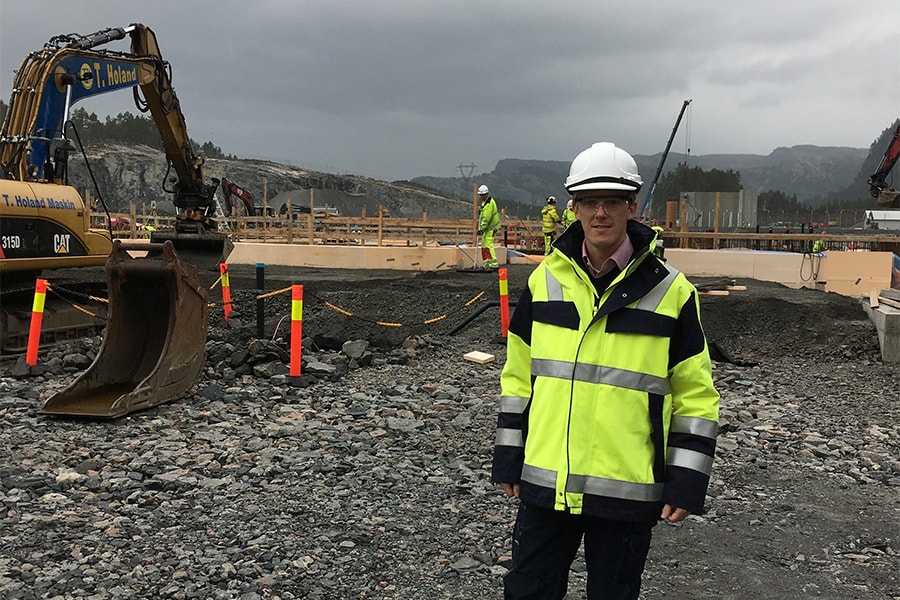
-- Firstly, what kind of project is NordLink?
Torsten: NordLink is an installation that is primarily used to transmit renewable energy, such as wind and hydropower, in both directions between Norway and Germany. Specifically, 623 kilometers of submerged and underground cables connect Wilster in northern Germany to Tonstad in southern Norway. Depending on demand and the amount of electricity generated at any given time, up to 1,400 megawatts of electricity can be supplied at any one time. This is enough electricity to power approximately 3.6 million households.
-- What role did you play in the project?
Torsten: I was involved with this project for about six years, from 2015 to 2021, overseeing the workflow from design and construction to the commissioning of converter stations built in Germany and Norway. Roughly 500 engineers and researchers from Hitachi Energy participated in the project, and my mission was to lead them. Since joining Hitachi Energy in 2004, I have worked on a variety of long-distance power transmission projects, but I had never worked on a project of this scale, and it was a sobering experience.
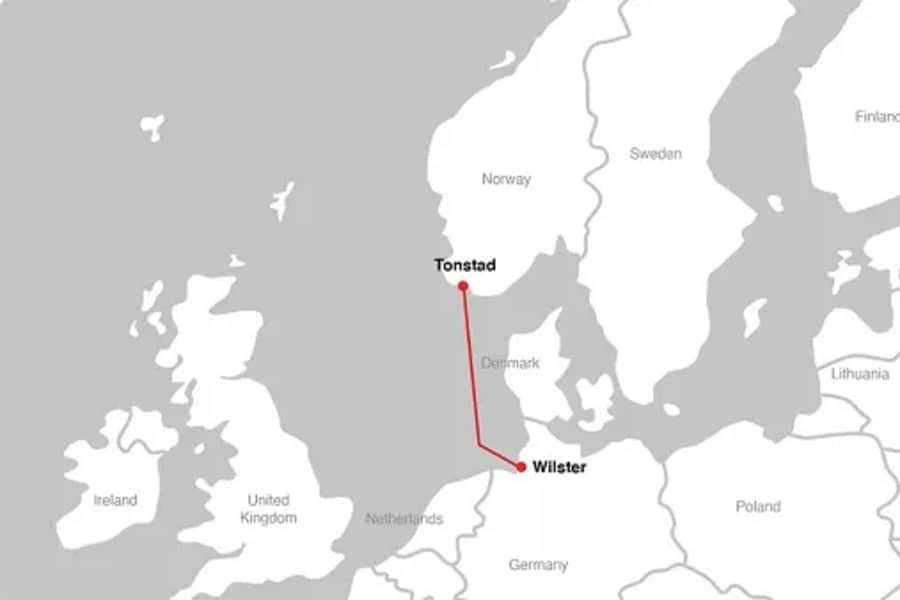
-- What is the background that NordLink was born from?
Torsten: Germany has actively introduced wind power for more than 20 years, especially in the northern part of the country where offshore wind farms are built in the North Sea. However, the challenge is to generate power in a stable manner because power cannot be generated unless strong winds blow. Especially in winter, when energy consumption increases, high atmospheric pressure tends to weaken the wind, increasing the risk of power shortages. Moreover, even if the wind blows a lot and power can be generated, if domestic demand for electricity is met at that time, there will be a surplus of power that will be wasted.
Meanwhile, Norway has many mountains and valleys, and abundant rainfall throughout the year, making hydroelectric power generation favorable. However, hydroelectric power generation uses a large amount of water at one time, so if rainfall decreases, there will not be enough electricity generated, causing electricity prices to soar.
The NordLink project began with the idea of connecting Germany and Norway via subsea cables to see whether renewable energy could be mutually exchanged. The instability of supply is said to be a weakness of renewable energy, but this project will make it possible to ensure a stable supply of electricity by connecting places where there is a surplus of electricity with places where there is a shortage.
HVDC: Essential for international power interconnections
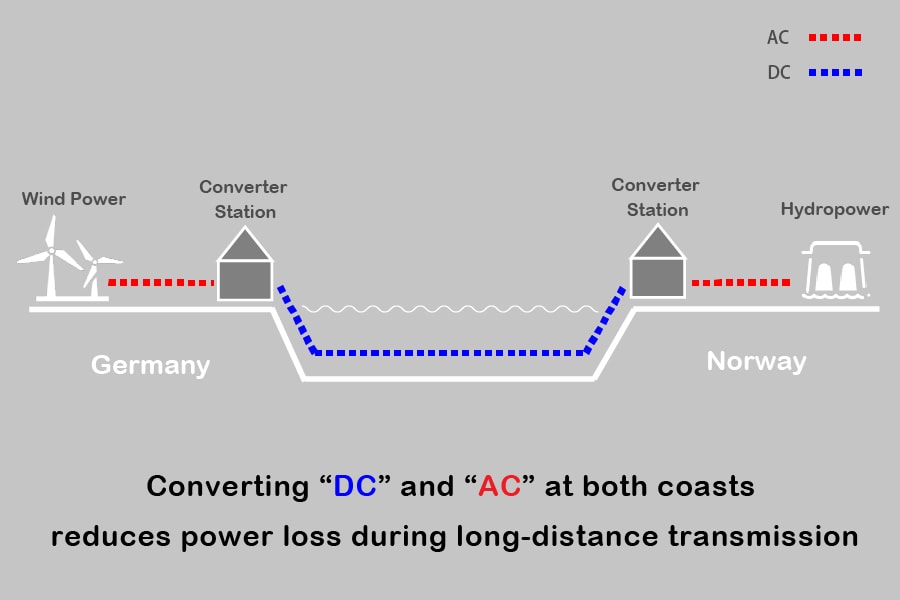
-- What kind of technology is used in NordLink?
Torsten: The most-distinctive feature is the use of a technology called "high-voltage direct current" (HVDC).
Conventionally, there are two types of electricity flows: direct current (DC) and alternating current (AC). Generally, it is AC electricity that flows through power wires from the power plant up to the point where it reaches the consumer. AC is characterized by its flexibility to change voltage according to the intended use of the electricity and its ease of handling. However, when transmitting large amounts of electricity over long distances, its characteristic of changing the direction in which electricity flows has the disadvantage of causing a lot of electricity to be lost during the transmission process.
DC, on the other hand, has the characteristic that electricity flows in one direction and can carry large amounts of power stably over long distances. HVDC is a technology that makes it possible to transmit DC electricity. In NordLink, which uses HVDC, AC is converted to DC at a converter station built on one shore and then converted back to AC at the converter station after crossing the ocean to the other shore. This minimizes the power loss that occurs along the way.
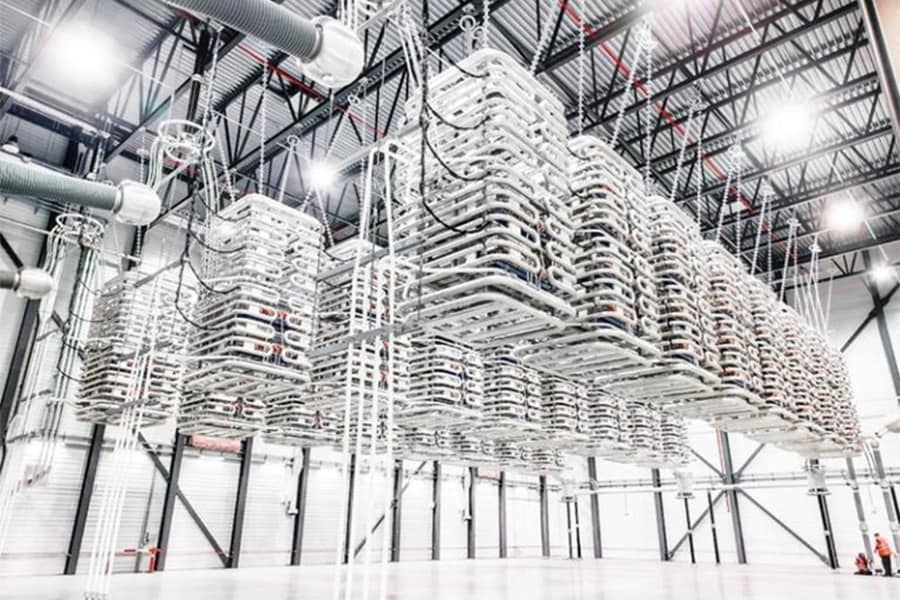
Difficulties unique to international projects
-- Were there any difficulties in moving forward with the project?
Torsten: There were many challenges in building converter stations in completely different environments on both coasts. What was particularly noteworthy was that the nature of the soil differed greatly between Norway and Germany.
First, the converter station on the Norwegian side was built deep in the mountains, where the ground is as hard as stone, so it was necessary to break the stones bit by bit to soften the ground. Meanwhile, the ground on the German side was like a sponge that had absorbed water and was not strong enough to withstand the weight of the converter station, weighing over 10,000 tons. Therefore, it took many months before we were able to lay the foundation for the structures as we had to carefully examine the construction methods for each type of soil.
-- Did you encounter any other difficulties?
Torsten: Because NordLink is an international project, we had project members from various countries who spoke different languages and had different cultures. This made it difficult to even communicate smoothly at first.
Therefore, as soon as the project began, we held study sessions and exchange meetings to understand the culture and business practices of members from each participating country. Furthermore, we held many team-building events to deepen relationships so that we could function as one team.
Increasing demand for long-distance power transmission
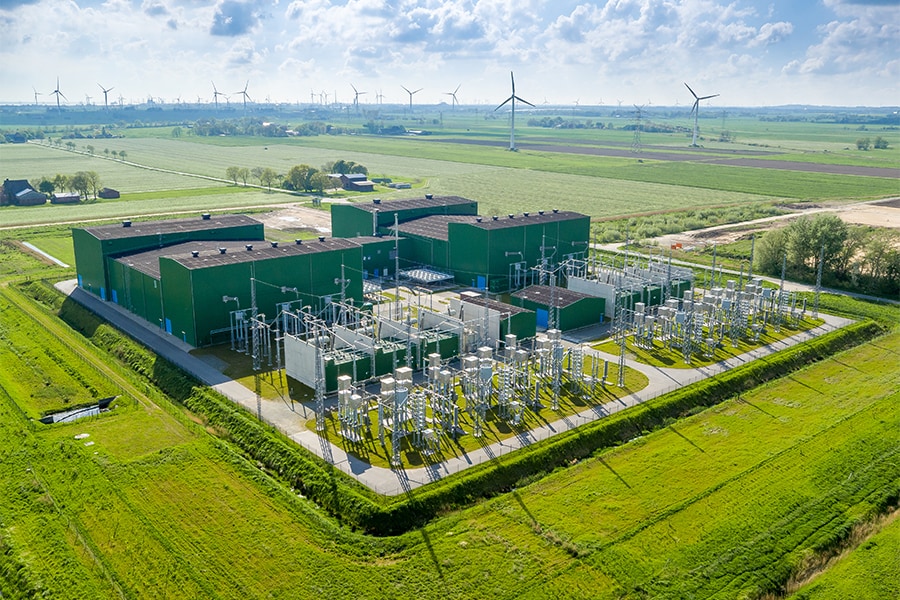
-- What benefits have been created since NordLink began operations in 2020?
Torsten: The electric power companies that operate NordLink have told us, "The link will help to strengthen the security of supply in a European power grid."
Additionally, it has been estimated that the annual reduction of carbon emissions from renewable energy used in NordLink is approximately one million tons. Today, HVDC is increasingly gaining favor in Germany, and another long-distance interconnector project called “SuedLink” is on the way.
SuedLink will bring the Norwegian renewable energy carried through NordLink further down to the southern industrial areas of Germany. With 550 kilometers of underground cables, this project is even longer than NordLink and Hitachi is involved in building two converter stations and three cable section stations. SuedLink will have the capability to supply up to 2,000 megawatts of electricity, enough to power five million German households.
Looking overseas, long-distance power transmission projects using HVDC are underway in the United States, Canada, India, the United Kingdom, and several other countries. Demand for transporting renewable energy generated in rural areas to major cities is increasing around the world, and research is being conducted at a rapid pace to reduce the size and weight of the HVDC equipment that makes this possible.
For the future of our children
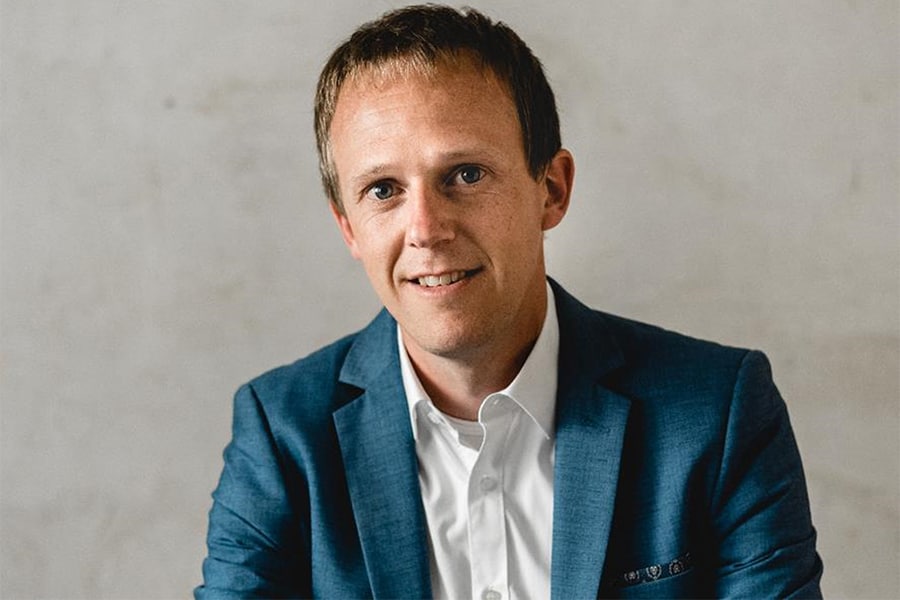
-- So Torsten, what do you find most rewarding about your daily work?
Torsten: Before I started work on the NordLink project, I did not have any children, but I had three when handing over the project to our customers. This has caused me to increasingly ask myself: "What will the Earth look like when my children become adults?"
Maybe the glaciers have disappeared. Maybe we won’t see snow anymore. The four seasons might be a thing of the past. What will our adult children think of their ancestors when they see such a world?
NordLink and HVDC alone cannot change the world, but they may be able to slow climate change. And maybe one day we can stop it altogether. This small hope is what motivates me to work every day, and I feel great pride in being able to help build a future for our children.

